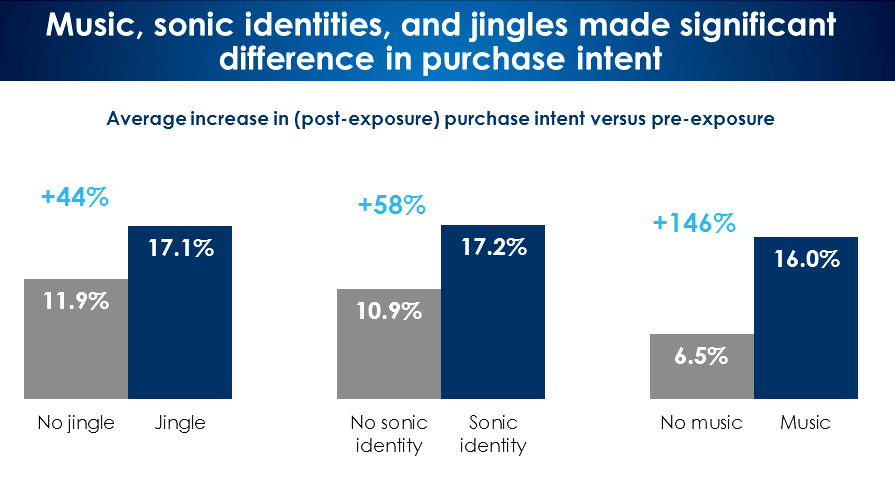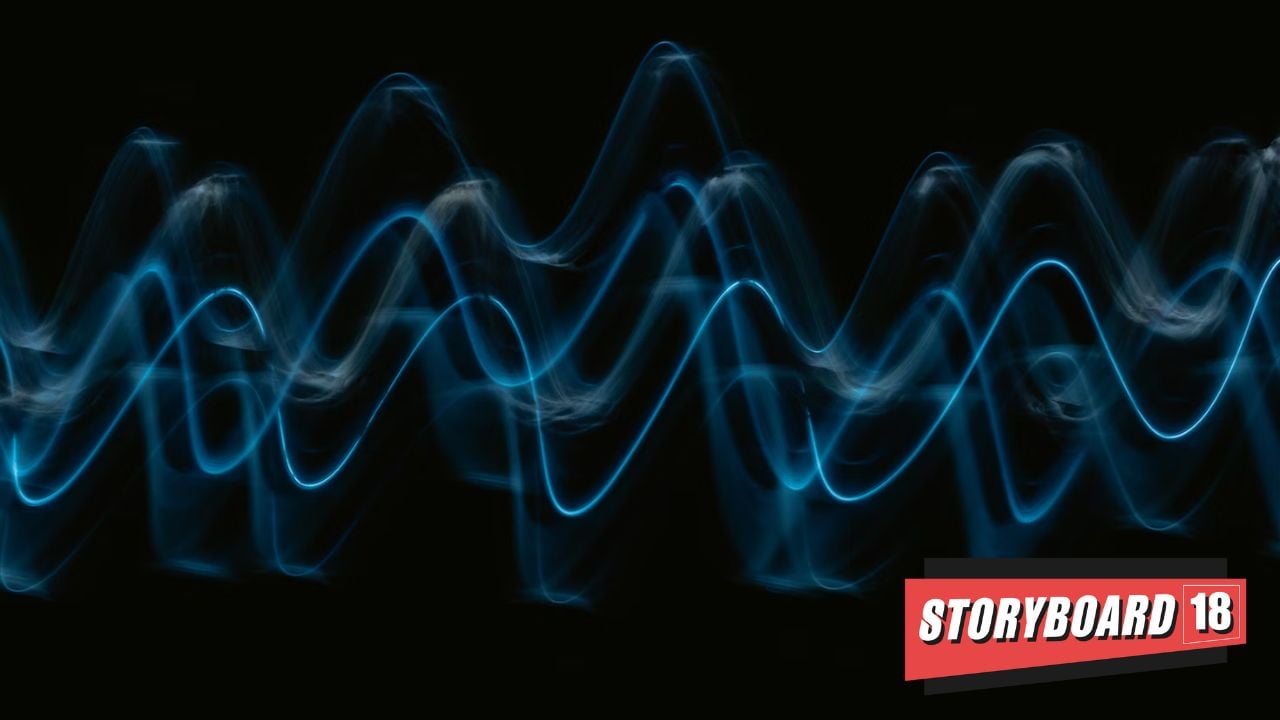Note to readers: Season-2 of our column Marketing Mocktail breaks down and explains the big ideas, new disruptions and old concepts and marketing practices that matter in the modern age.
The pop of a champagne bottle signals celebration. The cacophony of crackers heralds the arrival of Diwali. The ringing of bells connotes prayer. In our lives, sound has meaning and creates moods, feelings and emotions.
Enter sonic branding
In the world of brands too, sound has become a potent weapon for creating greater consumer engagement. Sonic branding is the new mantra and sound is one of the five-senses used to heighten a brand’s sensory experience. Brands have regularly used sound in their advertising, primarily to aid recall using audio mnemonics, signature music and jingles. Titan’s classic soundtrack or Britannia’s ‘Ting-Ting-Tring’ have made us remember these brands with a Pavlovian response.
Now, marketers are looking at sound not as an advertising device alone but building it into a DBA (Distinctive Brand Asset). An asset that not only aids brand recall and recognition, but also becomes shorthand for its persona-to evoke feelings and emotions. You don’t just see a bullet motorcycle on the road, you also hear it. Its distinctive ‘Dug-Dug’ of the engine is embedded into the DNA of the brand.
A study by Veritonic, in the US, shows how sonic brand assets positively impact purchase intent.

MOGO is the new LOGO
Today, specialized sonic branding agencies have emerged to help design the sonic identity for brands.
One such pioneering agency is Brand Musiq, founded by Rajeev Raja (ex-creative director and an accomplished musician). The company has developed the sonic identity for brands such as Mastercard, HDFC, Zomato, Tata Salt, MG, Raymond and Vistara, among others.
They have coined the term MOGO or ‘Musical Logo’- that is the sonic essence of your brand and is embedded in the MOGOSCAPE- which is the sonic palette of your brand.
To quote the company’s website:
“The quickest way to your customer’s heart is through the ears. The human ear is 20X faster than the eye. Research shows sound has the power to increase customer immersion and engage audiences by up to 86 percent. Couple this with a surge in voice-enabled technology and a worldwide resurgence in audio consumption, and there has never been a better time to move your brand identity from cognition to emotion with sonic branding.”
Brand Musiq has an interesting process to design the sonic identity of brands, called MUSE (Musical Strategy Exercise), that is an amalgamation of Western psychology, Indian classical arts, and modern audio science. They start with using the brand archetypes and ‘Nava Rasas’ to map the brand’s MOGOSCAPE. From there they compose the MOGO and adapt it across different ‘ear-points’ (sonic touchpoints).
Let’s look at some brands, over the years, that have used sound imaginatively to make it a powerful DBA.
Brahma Beer
The Brazilian beer brand created and owns the unique ‘Tssss’ sound of the cap coming off the bottle. Beer drinkers started mouthing ‘Tssss’ to be served a chilled Brahma beer at bars and pubs.
Kellogg’s
This global cereal brand built their Rice Krispies around the magic of Snap-Crackle-Pop’ which was embedded in the product and caught the imagination of kids. The moment the Rice Krispies are added to milk they emit a sequence of sounds that go ‘Snap-Crackle-Pop’- embodied in three brand mascots of the same name.
Kingfisher
Closer home ‘The king of good times’ made its jingle evoke the brand values of fun, enjoyment, and flamboyance. The reggae style ‘Oo-lala-la-ley-o’ transports you onto the beaches of the Caribbean (or Goa) with a chilled beer in hand.
Nokia
The signature ring tone became a calling card for the brand. Out of the 400 million handsets that Nokia sold at that time, almost 20 percent of users retained the default ringtone. That makes it 20 million consumers whose phone always rang with the Nokia ringtone. Assuming an average number of 11 rings per day at nine seconds per ring, it works out to 10 hours per year into 20 million phones! Now that’s a huge amount of unpaid branding.
Intel
How does a chip sound? The semi-conductor giant invested in the ‘wave sound’ or the ‘Intel Bong’ as an intrinsic part of its branding. Every time you hear the wave, you think of the power of the Intel processor.
Netflix
‘Ta-Dum’-two notes do it all for Netflix, with ‘Ta-Dum’ perfectly timed as the logo appears when you open this streaming platform. Even if you’re in another room when you hear it, you know it’s time to binge watch a new show or dig into a movie.
A powerful and evocative sonic identity can make a brand stand out and create emotional connections in a visually cluttered world.
Imagine if the world was blind, how would people recognize and connect with your brand?
Anand Narasimha is a corporate turned academician with over three decades of experience spanning Brand Marketing, Advertising, Consulting, and Teaching. He writes the column Marketing Mocktail for Storyboard18. Views expressed are personal.
